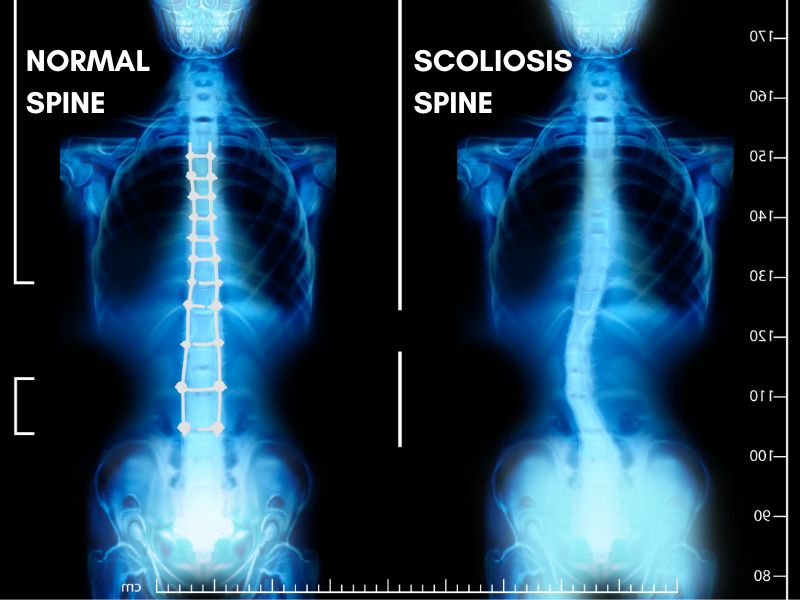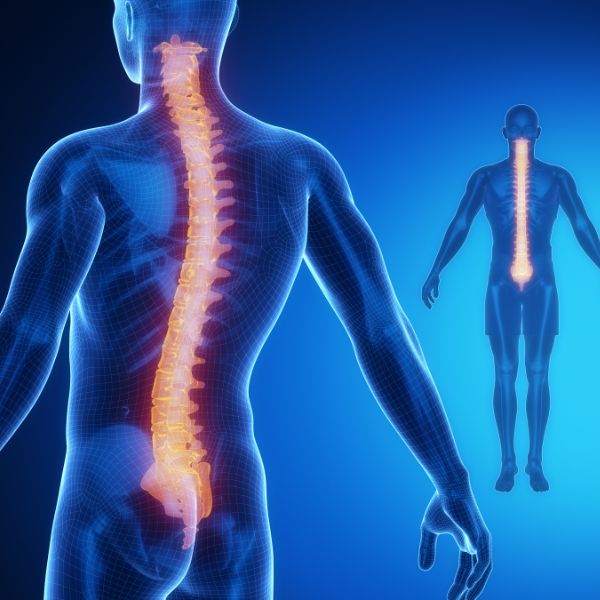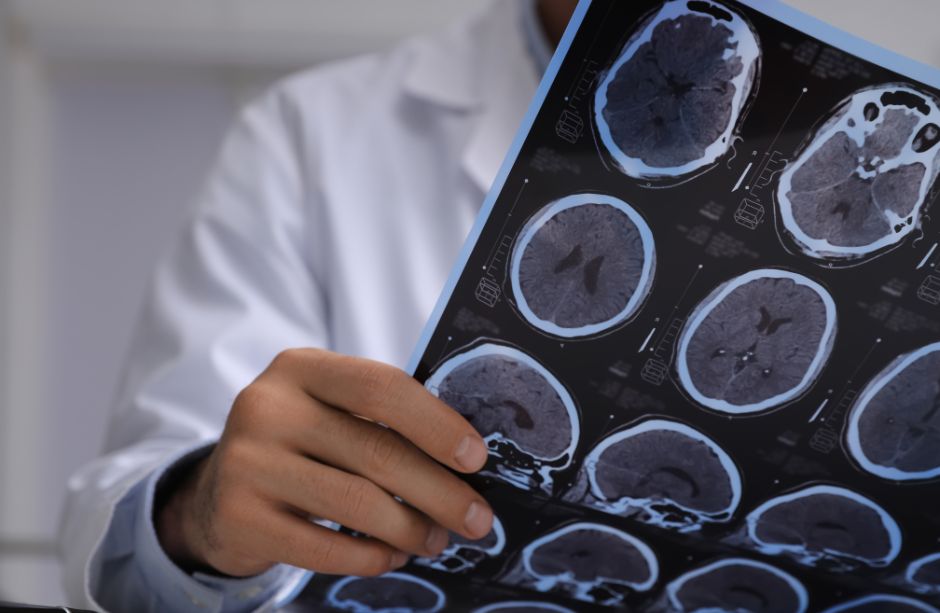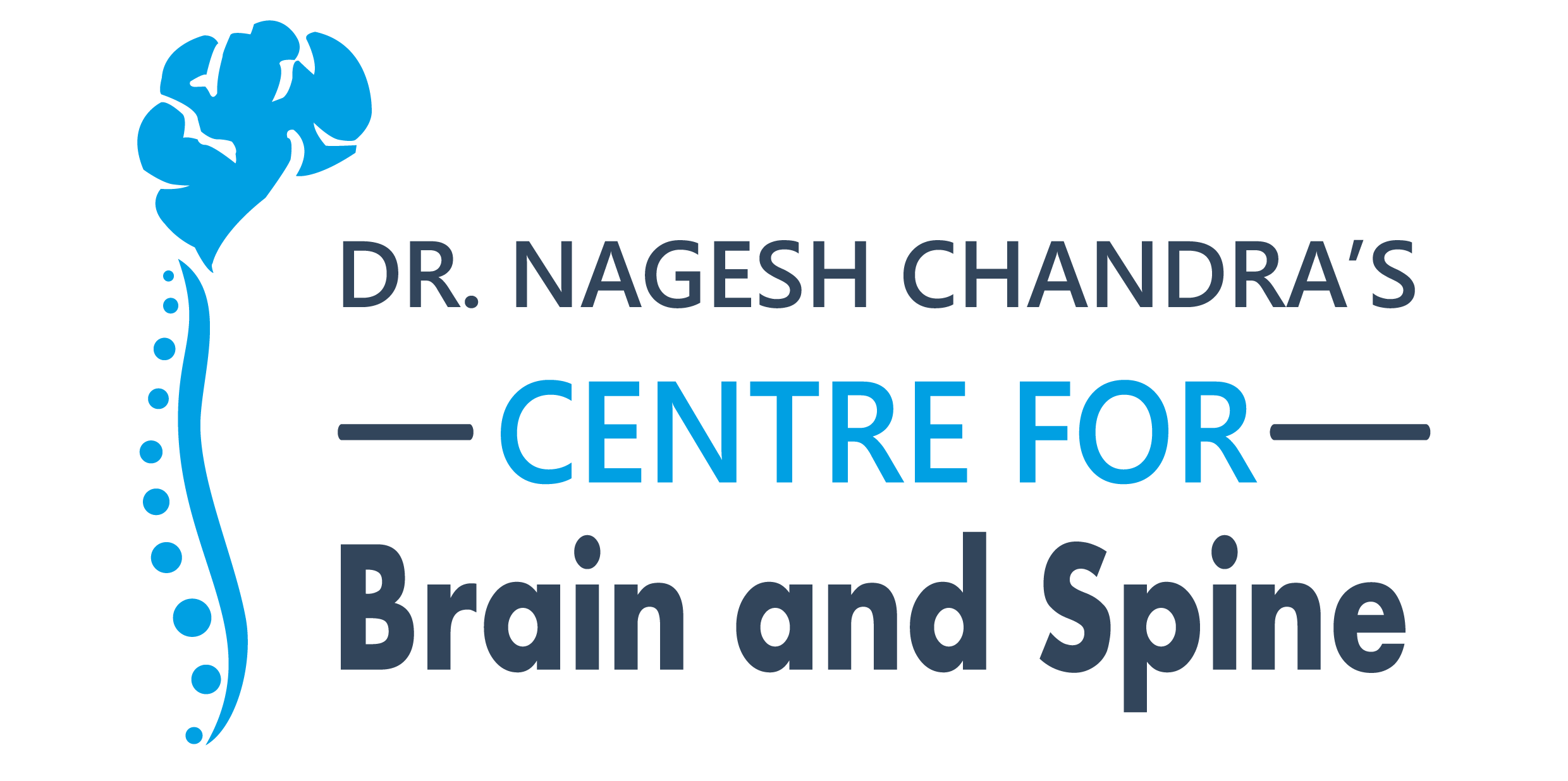Spine: The structure bone of the body
Dr Nagesh Chandra describes spine, our body’s support system, is more than just a structural bone, we also call it backbone—as it is the most important bone in body for overall well-being. It comprises 33 vertebrae, the spine keeps us upright and allows for movement and flexibility. It also protects nervous system. Nestled within the vertebral column is the spinal cord, a bundle of nerves that acts as a conduit for communication between the brain and the rest of the body. The bony structures of the spine provide a protective casing for this delicate and vital part of the central nervous system, shielding it from external impacts and potential injuries.
What is Scoliosis

Scoliosis is abnormal curvature of the spine sideways. This condition affect individuals of all ages, but studies show that the adolescencts are more likely to get diagnosed with this spine disorder. Normal spine is straight down the center of the back. However, in patients with this problem, the spine deviates from this straight path and forms an “S” or “C” shape. This curvature can occur in different regions of the spine, including the cervical (neck), thoracic (upper back), or lumbar (lower back) areas.
Dr. Nagesh Chandra is one of the top neurosurgeon in Dwarka, Delhi who has performed more than 8000 successful brain and spine surgeries in his 27-year-long career. He stands as a leading neurosurgeon in the state. With a commitment to spinal health, Dr. Chandra combines vast experience with expertise to treat every patient with spine disorders. His methods are focused on treatment without needing spine surgery if it can be avoided.
Types of Scoliosis in Spine

Congenital Scoliosis
Congenital scoliosis is a condition by-birth due to abnormal spinal development during fetal growth. It stems from anomalies in the formation of vertebrae and other spinal structures.

Neuromuscular Scoliosis
Neuromuscular scoliosis affects the nerves and muscles, such as cerebral palsy or muscular dystrophy. The imbalance in muscle function contributes to the development of spinal curvature.

Idiopathic Scoliosis
80% of Scoliosis cases are Idiopathic scoliosis, with no clear underlying cause. often emerges during adolescence progress during period of growth
Idiopathic scoliosis is classified based on the age at which the deformity takes shape. Infantile idiopathic scoliosis occurs in the early years of life, occurring from birth to the age of 3. Progressing to the juvenile stage, it is observed in individuals aged 4 to 9. And , adolescent idiopathic scoliosis emerges during the formative years of 10 to 18.
What are the symptoms of Scoliosis?
- Uneven Hips: One hip appear high than the other.
- Rib cage jutting forward from side
- In some cases, spine can also get rotated
- Back Pain: Discomfort or pain in the back in the area affected by the curvature.
- Asymmetry in Shoulders: One shoulder blade may appear higher than the other.
- Uneven Waistline: An observable tilt or unevenness in the waist area.
- Leaning to One Side: The body may exhibit a noticeable lean when standing upright.
When an X-ray reveals a sideways, or lateral, curvature of the spine measuring at least 10 degrees, it is scoliosis. However, at this small curve size, there may not be visible signs or symptoms. As the curve advances to 20 degrees or more, noticing irregularities such as unevenly hanging clothes or the body tilting to one side might be possible. It can even lead to Kyphosis
Facing any of such symptoms?
When to see a doctor
If an observable curvature in the spine is of more than 25 degrees, it is must to visit a doctor When you feel discomfort while breathing, it is also a high time to consult a doctor

Scoliosis treatment in Delhi
Doctors prescribe following treatment for scoliosis in Delhi
- Physical therapy: In Physical therapy, specially designed exercises and stretching are recommended to improve posture, strengthen core muscles.
- Bracing: In this patient wears a device that help to prevent further damage to the spine due to this deformity problem. Bracing is recommended for adolescents with moderate curves. The brace is designed to halt the progression of the curvature during the growing years.
Scoliosis Surgery in Dwarka
Mainly neurosurgeons advise two types of spine surgery for scoliosis:
Spinal Fusion surgery for severe scoliosis
Two or more vertebrae are joined together to correct the curvature and provide stability. During the surgery, bone grafts and, in some cases, hardware such as rods and screws are used to maintain the corrected position.Halo Traction Surgery for scoliosis
Halo traction is a method used for severe scoliosis in children. It involves attaching a halo device to the head, connected to a system of weights. This straightens the spine over time

